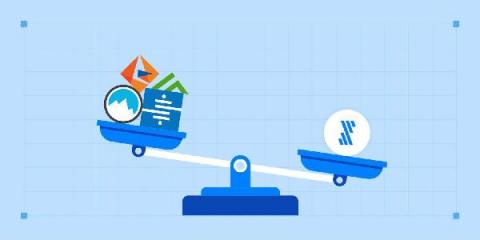The 4 keys to a successful manufacturing IIOT pilot
If you have read our previous post focusing on the challenges of planning, launching and scaling IIOT use cases, you’ve narrowed down the business problems you’re trying to solve, and you have a plan that is both created by the implementation team and supported by executive management. Here’s a plan to make sure you’ve got it all down. Think of these success factors like the legs of a kitchen table and the results that you desire, a bowl of homemade chicken soup.










